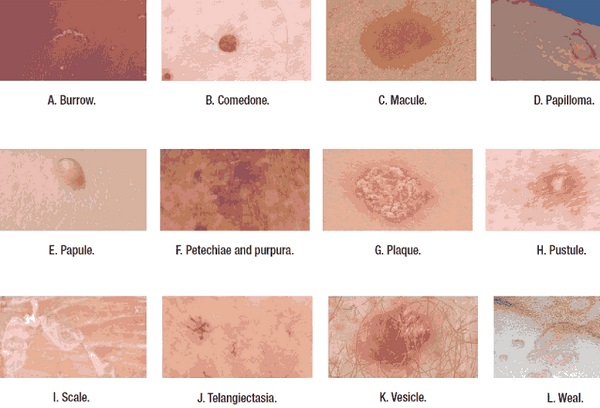Skin Lesions Defined
For those who are still wondering what it is, a lesion is derived from the Latin term for injury. So basically, skin lesions are a break in the continuity of the skin, but unlike usual cuts our wounds, they are abnormal outgrowths of tissues which can be found anywhere in the body. Some good examples of skin lesions are warts, cysts, and moles. Most of the time, they are just benign outgrowths which are practically harmless. Of course, at times, these lesions can be malignant or cancer-causing too. Their development and manifestations would usually depend on the immune defenses and processes of a particular person’s body, trauma, infection, and neoplasmic phenomena.

There are a few significant types of skin lesions which are identified not just be dermatologists alone but with most medical professionals too. These skin lesions are identified according to their composition, how and where they may have originated, and if they would ever become malignant or remain benign. The following are some of them:
Seborrheic keratosis – this is a kind of skin lesion which may look a bit scary although it’s practically benign. Most people would call them barnacles for their striking resemblance to the animal. These keratotic outgrowths come in various types and shapes. There are lesions which originate from the outer layer of the skin, the epidermis. They don’t go quite very deep into the inner layers of the skin such as warts would do.
These warts are caused mainly by Human papilloma virus. They tend to feel very itchy which aggravates with age. The lesions also increase as a person grows older. Try to consult with your doctor with regards to treatment for this condition. If they are ruled out as benign, then it would be best to just leave them as they are. But there are cases in which the lesions will need removal especially when it takes toll on your comfort and it becomes aesthetically unsightly as well.
Keratoacanthoma – this one on the other hand is self-limiting and is also one of the many benign types of skin lesions. It usually appears on exposed skin, for instance; the face and the hands. It could even grow up to 3cm in size. You may be able to develop a few lesions on various parts of the body for this one. This particular lesion can be removed through excision biopsy and for more severe cases, radiation therapy and cauterization may be needed.
Your doctor’s expertise will always be very helpful when it comes to diagnosis and treatment of such skin lesions. Most of the time, it would be best if you just let them be, especially when they don’t cause you any itchiness or pain. For more pressing cases, surgery or excision biopsy may be used for permanent removal and remedy.
